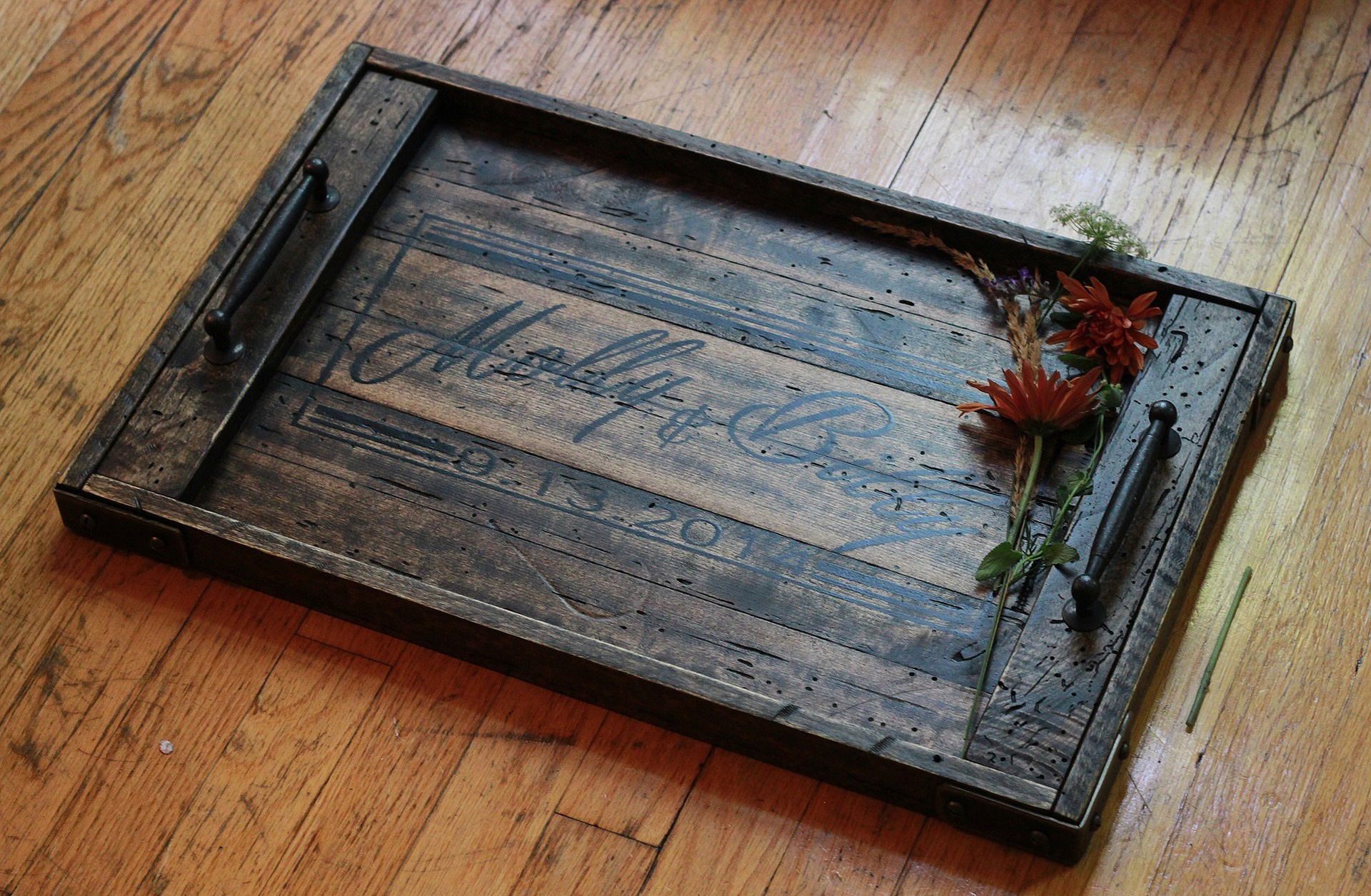The Art of DIY Woodworking: Essential Tools and Techniques
Woodworking is a timeless craft that allows individuals to create functional and artistic pieces from wood. Whether you're a seasoned woodworker or a novice looking to embark on a woodworking journey, understanding the essential tools and techniques is crucial. In this article, we will delve into the art of DIY woodworking, explore the fundamental tools every woodworker should have, and cover key techniques to help you bring your woodworking projects to life.

The Timeless Appeal of Woodworking
Woodworking has captivated artisans and hobbyists for centuries, and its appeal endures for several reasons:
- Creativity: Woodworking offers endless opportunities for creativity, allowing you to design and build custom pieces that reflect your unique style.
- Functional Art: Woodworking allows you to create both functional and decorative items, from furniture and cabinetry to intricate carvings and sculptures.
- Connection to Nature: Working with wood connects you to the natural world, as each piece of wood tells a story through its grain, texture, and color.
- Sense of Accomplishment: Completing a woodworking project provides a profound sense of accomplishment and pride, as you witness the tangible results of your efforts.
- Customization: With woodworking, you have the ability to tailor projects to your specific needs, ensuring that the finished product suits your preferences perfectly.
Essential Woodworking Tools
Before you embark on any woodworking project, it's essential to have the right tools in your arsenal. Here are some fundamental woodworking tools every woodworker should own:
1. Measuring and Marking Tools
- Tape Measure: For accurate measurements.
- Combination Square: For measuring and marking right angles.
- Marking Gauge: Used to mark lines parallel to the edge of a board.
2. Cutting Tools
- Hand Saw: For making straight cuts in wood.
- Circular Saw: Ideal for making long, straight cuts in plywood and other sheet materials.
- Jigsaw: Used for making curved cuts and intricate shapes.
- Miter Saw: Essential for cutting precise angles.
3. Joinery Tools
- Chisels: For carving out mortises and cleaning up joints.
- Screwdrivers: Necessary for assembling and disassembling wooden components.
- Router: Used for hollowing out an area or creating decorative edges.
- Table Saw: Ideal for making straight cuts and ripping boards.
4. Shaping and Finishing Tools
- Orbital Sander: Used for smoothing surfaces.
- Files and Rasps: Essential for shaping and refining wooden pieces.
- Woodworking Clamps: To hold pieces together during glue-ups.
- Wood Glue: For joining pieces securely.
5. Safety Gear
- Safety Glasses: Protect your eyes from flying wood chips.
- Hearing Protection: Guard against the noise generated by power tools.
- Dust Mask: Prevent inhalation of wood dust.
Key Woodworking Techniques
1. Measuring and Marking
Accurate measurements and markings are the foundation of successful woodworking. Use a combination square and marking gauge to ensure precision.
2. Cutting and Shaping
Proper cutting techniques are essential. Learn to make straight cuts with a hand saw, use a jigsaw for curves, and employ a miter saw for angled cuts.
3. Joinery
Mastering joinery techniques is crucial for strong and stable connections. Common joinery methods include mortise and tenon, dovetail, and pocket hole joinery.
4. Sanding and Finishing
Sanding smooths rough surfaces, while finishing techniques like staining, varnishing, or painting protect and enhance the appearance of wood.
5. Safety First
Always prioritize safety in woodworking. Wear appropriate safety gear, follow manufacturer's instructions for power tools, and keep your workspace clean and organized.

Conclusion
Woodworking is a versatile and rewarding craft that allows you to create functional and artistic pieces from wood. Whether you're starting as a beginner or honing your skills as an experienced woodworker, the essential tools and techniques outlined in this article will serve as your foundation.
As you embark on your woodworking journey, remember that practice, patience, and a passion for working with wood will ultimately lead to mastery of this timeless and fulfilling craft. So, roll up your sleeves, pick up your tools, and let your creativity flow as you create beautiful and functional pieces through the art of DIY woodworking.